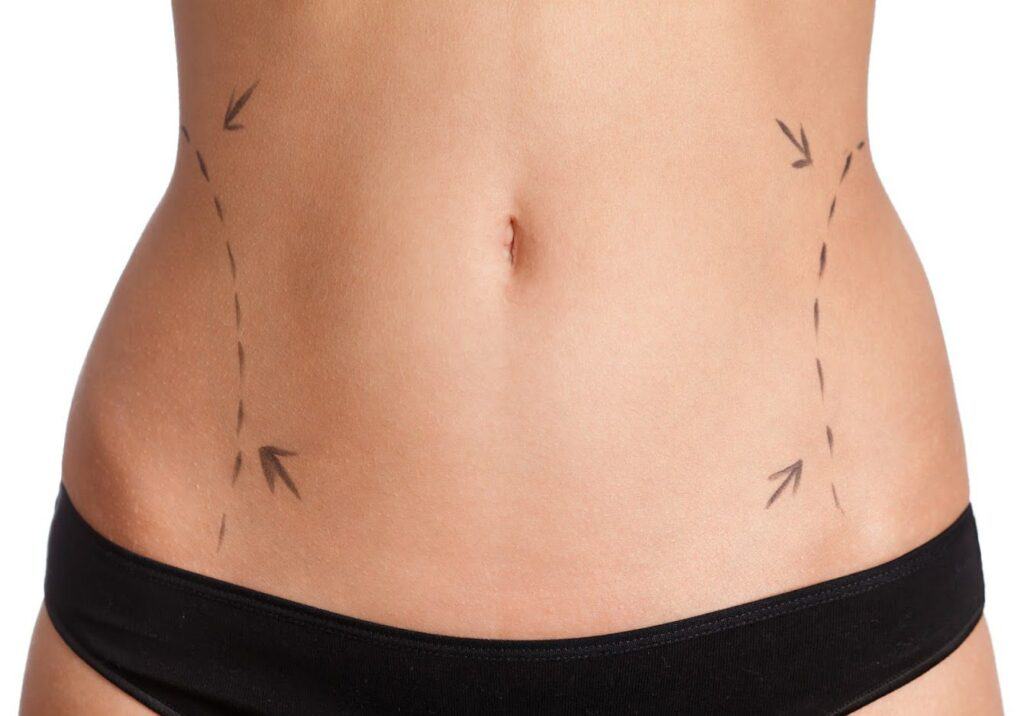Frequently Asked Questions About Liposuction

Many individuals who work hard to lose weight through proper diet and plenty of exercise find that they still have troublesome pockets of fat in isolated areas of their bodies. Even individuals who have never battled obesity in the past may feel embarrassed about accumulations of fat in the buttocks, legs, or abdomen.
If you have all but given up on ridding yourself of that stubborn cellulite, you may prove an ideal candidate for a plastic surgery procedure known as liposuction. The following answers to some frequently asked questions about liposuction may help you decide whether this kind of treatment makes sense for you.
What Does Liposuction Do?
Liposuction removes unwanted fat nestled between the muscles and the skin. Fat deposits at this level can make certain parts of the body appear lumpy and/or disproportionately large compared to the rest of the body. With liposuction, a plastic surgeon uses vacuum pressure to draw these fat deposits out of trouble spots.
Liposuction most commonly removes fat deposit from the thighs, buttocks, breasts, hips, knees, arms, neck, and face. It also removes fat from the abdomen and flanks. Both women and men undergo liposuction to reduce the apparent size of these areas and smooth out their contours.
Contrary to what some might assume, liposuction does not act as a weight reduction method or a cure for obesity. It exists entirely to provide cosmetic benefits through the removal of isolated fat deposits that diet and exercise have failed to shrink.
Who Can (and Cannot) Receive Liposuction?
Most adults in good mental and physical health can safely undergo liposuction. Your weight should fall within 30 percent of your ideal target weight before you consider undergoing the procedure. You must also have realistic expectations about the procedure’s limits, including the possibility you might gain weight in the future.
Certain health conditions may make you an unfit candidate for liposuction. Examples include a compromised immune system, bleeding disorders, diabetes, high blood pressure, a tendency toward loose or sagging skin, and excess fat too deep within the body for liposuction to remove.
How Do Plastic Surgeons Administer Liposuction?
Plastic surgeons perform liposuction as an outpatient procedure. (Even so, you’ll receive a general anesthetic beforehand.) Your plastic surgeon will make a small incision at the treatment site, ideally in a fold to help hide the scar. A tubular device called a cannula fits inside the incision, connected at the other end to a vacuum pump.
A plastic surgeon may employ various fat-softening techniques when performing liposuction. In the technique known as tumescent liposuction, the surgeon feeds a solution of salt water, adrenaline, and anesthetic into the fat deposits. As an alternative, your plastic surgeon may use lasers or ultrasound to reduce the fat to a liquid state.
What Can You Expect Following Liposuction Treatment?
Although liposuction does not require hospitalization or extensive recuperation, it can cause post-procedural discomfort, especially during the first few days. You may need to wear a compression bandage or garment until any swelling goes down.
Your plastic surgeon may advise you to take it easy for several days following your liposuction treatment. Within a week, however, you should find yourself able to resume non-strenuous work activities. Complete recovery usually takes a few weeks.
Don’t assume that your new look will remain intact with no further action on your part. New fat cells can still form, and existing ones may grow larger. Take this opportunity to renew your commitment to a healthy diet and exercise routine so that you can continue to look and feel your best.
If you believe that liposuction might offer the targeted fat reduction you need, schedule a consultation at Jaibaji Plastic Surgery. We can discuss the procedure with you and help you choose the right procedure for a slimmer, more attractive new look.

